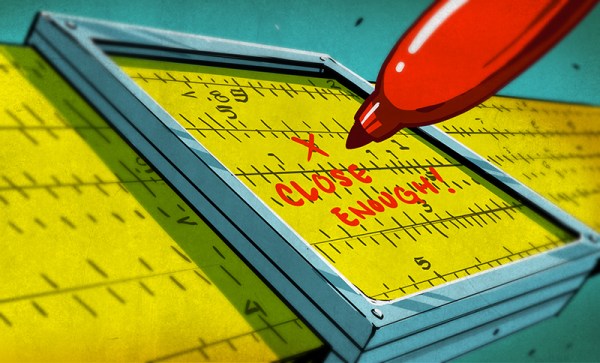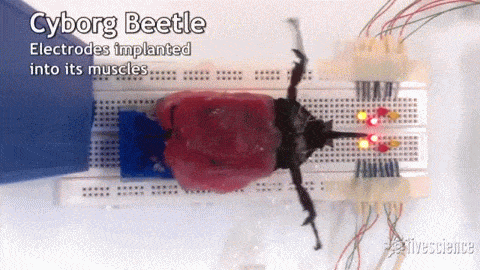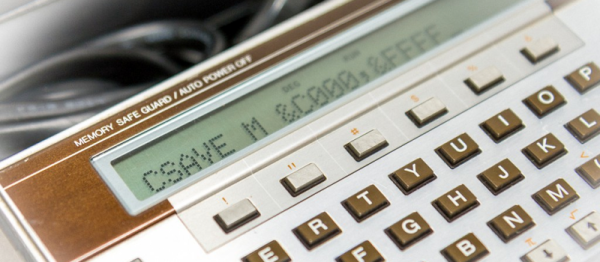Not too long ago we announced the Hackaday Meetups. We were hoping at least a few dozen people would be excited to host a meetup in their town. What we got was hundreds of people and we couldn’t be happier about it.
If you are excited about Hackaday and you want to meet other community members in your area this is your chance. We have streamlined the process so that you don’t need to wait for us to start setting up your meetup. Here’s how you do it:
- Submit this form
- Set up your event here: https://hackaday.io/event/add
- Here’s a template page with details you can use to create your own
- You can use graphics from this link or upload graphics of your own
The first global event is on Saturday, April 23rd: Hackaday World Create Day. Get together and get to know the other community members in your area. Brainstorm a project and document it the concept as a Hackaday Prize entry. Many groups have already added other activities that day to make their meetup really special. What we’ve seen so far is really incredible, and when you get involved it will be even better.
Check out the Meetups map for one in your area. When you find one in your area, join by clicking the “Join this Event” button in the upper right of the event page. If you don’t see one in your area, take the plunge and set up your own!














